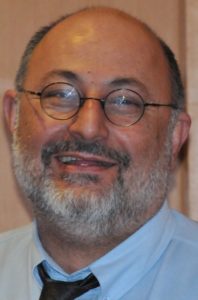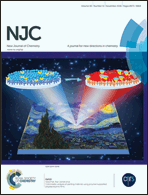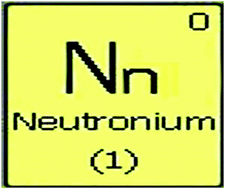New Journal of Chemistry awarded two poster prizes at the recent ISMEC 2017 (International Symposium on Metal Complexes) conference which took place in Dijon, France. The conference successfully took place from the 11th – 15th June and was attended by 170 registered participants from 19 different countries. The conference consisted of plenary and key note lectures with one plenary lecture from Nobel laureate JP Sauvage. The conference serves as a forum for the study and application of complexes in the fields of Analytical, Biomedical, Environmental, Supramolecular, Inorganic, Physical and Industrial Chemistry.
Participants had the opportunity to contribute either an oral or poster presentation. The following participants were recipients of an NJC poster prize awarded by members of the International committee and the invited speakers: Anna Irto (University of Messina, Italy) and Margaux Galland (ENS Lyon, France) for their respective poster presentations: “Bis-3-hydroxy-4-pyridinones: From the synthesis to the complexation with Al3+ and Fe3+ and the biological assays” and “Competition between luminescence of a lanthanide complex and singlet oxygen generation: Careful choice of the lanthanide atom”.
Further information about the conference can be found on the website.




















